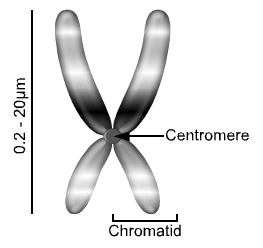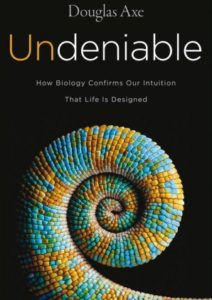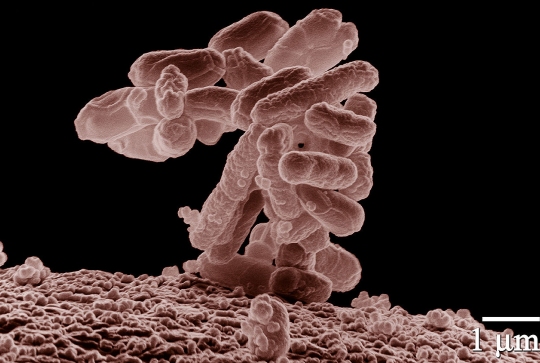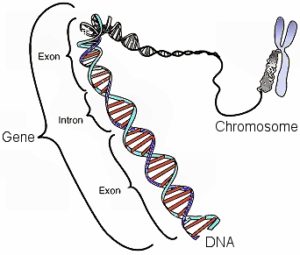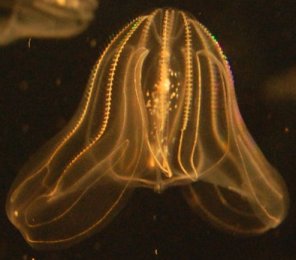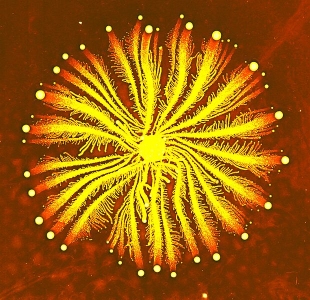
There are, however, specific genes found in bacteria that do produce proteins which fight antibiotics. It was generally thought that these genes arose through mutation and natural selection in response to our development of antibiotics. However, we now know that this just isn’t true. Antibiotic-resistant genes existed long before people developed antibiotics. I first wrote about this more than five years ago, when researchers found bacterial, antibiotic-resistant genes in permafrost alongside mammoth genes. Obviously, people weren’t making antibiotics when mammoths were alive. Thus, those genes existed long before human-made antibiotics. Later, I wrote about researchers who found bacterial, antibiotic-resistant genes in fossilized feces from the Middle Ages. Once again, this shows that antibiotic-resistant genes have been around long before our development of antibiotics.
Now an even more impressive study has been released. In it, researchers analyzed the DNA of a bacterium from the genus Paenibacillus. These bacteria form colonies, such as the one shown in the image above. The colors in the image indicate the density of bacteria – the brighter the yellow color, the higher the density of bacteria. While this genus of bacteria has been found in many, many environments, the specific species analyzed in the study was special: it has been living in a cave that has been isolated from the modern world. In fact, the cave is so isolated that no animals had ever ventured into it. When the researchers analyzed the DNA of this bacterium, they found all sorts of antibiotic-resistant genes.
Continue reading “Evolutionists Couldn’t Have Been More Wrong About Antibiotic Resistance”


